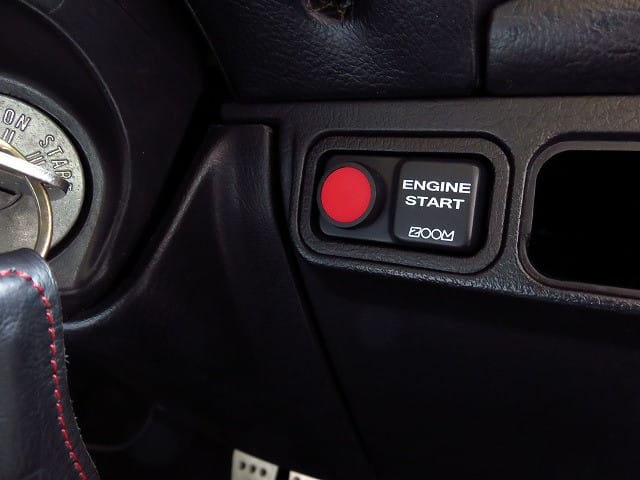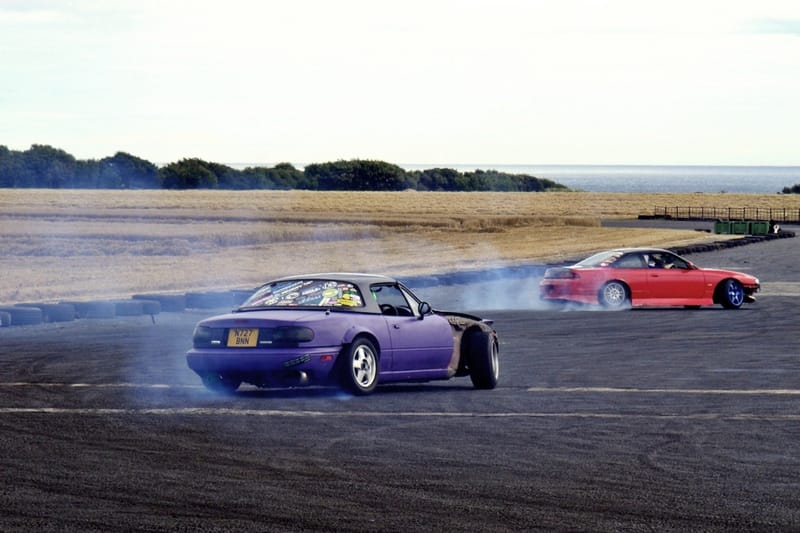Track-Side Cooking: Tailgate Meals for HPDE Weekends
Trackside cooking comes with rules: no open fires, use propane stoves or tabletop grills, and respect quiet hours—no late-night sizzling.

Most tracks dislike open fires and anything that can wander off in the wind, so plan on propane tabletop grills and contained stoves instead of charcoal. Quiet hours are a thing, so late-night sizzling under a canopy is a no-go, and generators usually have etiquette rules and decibel caps. Power pedestals exist at some venues, but availability is spotty and often pay-to-use, so treat electricity like a bonus, not a guarantee. Standard paddock safety still applies: slow speeds, sober while the track is hot, eyes on kids and pets, and keep your cooking footprint compact so you’re not blocking anyone’s trailer path.
Food Safety You Must NEVER Forget
Track heat is unforgiving. The food “danger zone” is 40–140°F (4–60°C), so keep cold food at or below 40°F and hot food at or above 140°F, with minimal time in between. Use a probe thermometer instead of guessing; it’s the easiest insurance you’ll ever buy. When hot-holding, preheat insulated bottles or carriers at home with boiling water, then load your hot chili, rice, or stew so it stays above 140°F until lunch. Keep a strict cooler discipline: pre-chill everything, pack densely, and separate your drink cooler from the food cooler so opening one doesn’t warm the other.

Hydration & Heat Management
Hydration is performance. A simple cadence is about a cup of water every 15–20 minutes while you’re active, and then rotate in electrolyte drinks if you’re sweating for hours. Skip the energy drinks and alcohol during the hot part of the day. Know the early signs of heat stress, cramps, headache, rash, and be ruthless about shade, rest, and cooling down between sessions. Your driving gets sharper when your body’s chemistry is dialed in.
Gear That Works at the Track
A good Miata-sized kitchen can ba a propane tabletop grill for anything seared and a single-burner butane stove for fast pots and pans. Both pack tiny and behave well in wind if you cook in open air with sensible shielding. For cold chain, a wheeled, well-sealed cooler handles food while a smaller cooler rides shotgun with drinks. A couple of good vacuum bottles become your no-electricity hot-hold system. Round it out with a folding table, a shade canopy with actual ballast, a probe thermometer, sanitizer, a soap-and-water jug, nitrile gloves, and separate cutting boards for raw and ready-to-eat foods.

The Weekend Menu System
HPDE days run in 20-minute on-track bursts with roughly an hour to an hour and a half of downtime. That means meals must be five to fifteen minutes from cooler to plate. Build around pre-cooked proteins, fast carbs like ready rice or tortillas, and toppings that live cold until the last second. Hot-hold one batch item, chili or rice, so everyone in your run group eats quickly without constant cook duty. Always keep a hydration station and electrolyte rotation where drivers naturally pass through after a session.
Sample Two-Day Menu (Serves About Six Meals)
Day one starts with a simple breakfast burrito bar: pre-scrambled eggs re-warmed on the burner, tortillas flashed on the grill, cheese and pico added right before eating. Between sessions, fruit, pretzels, nuts, string cheese, and freeze-ahead electrolyte pops keep the hands busy without spiking blood sugar. Lunch is a fifteen-minute teriyaki rice bowl, pre-cooked chicken brought back to temperature, hot rice from a thermos or quick pouches, and a bagged slaw tossed in right at the end. After the afternoon session, yogurt cups with berries reset the brain. Post-checkered flag, a thermos of chili and a pile of chips and scallions becomes an easy, satisfying dinner.

Day two leans no-cook for breakfast with overnight oats made at home, upgraded with track-side fruit and nut butter. Lunch becomes grilled chicken pitas: thin cutlets cooked to temp, tucked into warm pitas with cucumbers and a cool sauce, plus pre-washed greens. For a celebratory dinner, reheat carnitas in a covered pan, warm tortillas on the grill, and set out lime, onion, and cilantro, instant street tacos. If flames are banned at your venue, pivot to deli wraps, rotisserie-chicken salads, tuna-and-cracker kits, couscous salads, and instant oats with safe hot water.

Prep Timeline (Minimize On-Site Handling)
Two days out, finalize the menu, confirm the venue’s fire and generator rules, and freeze several water bottles to double as ice blocks. The day before, batch-cook proteins, chill them fast to safe temps, portion, and label with dates and target reheat temps. Pre-cut vegetables, but keep raw items separate from things ready to eat. The night before, pre-chill your coolers indoors, then pack with ice blocks at the bottom, proteins in the cold core, dairy and eggs above, and produce on top with a final layer of cubes. Put a fridge thermometer inside the food cooler. On track morning, preheat your thermoses with boiling water, stage hot-hold items, and set a clear hydration rotation where people actually walk.
Cooler Packing, Quantities, and Math
For hot summer HPDEs, a reasonable per-person, per-day target is four to five liters of fluids, a light breakfast, one quick lunch, and two to three snacks. Pack your food cooler like a temperature sandwich, ice blocks at the bottom, sealed raw proteins in the middle, then dairy and eggs, then produce, then a cap of ice. Keep a small “grab” cooler for snacks and drinks so the main cooler stays cold and closed.
Fast, Stress-Proof Recipes
Thermos chili is a staple: bring it to a strong simmer at home, load into a preheated thermos, and confirm it’s still at or above 140°F when you serve. Teriyaki rice bowls take ten minutes when you’re reheating cooked chicken to safe temp and combining with hot rice and slaw. Street tacos are just as quick: reheat carnitas to temperature, warm tortillas, and hit them with onion, cilantro, and lime. For no-cook wraps, assemble only what you’ll eat in the next hour and keep everything else cold.
Fuel and Stove Safety
Treat one-pound propane cylinders with respect: store and transport them upright and secured, keep them out of hot closed vehicles, and never refill disposable cylinders. With butane burners, use the pan sizes the manufacturer specifies, cook in open air, and avoid foil wind screens that trap heat. Don’t gang stoves together or run them for marathon sessions in gusty conditions, and never cook inside a closed canopy.
Cleanup, Waste, and Neighborliness
Collect grey water and grease and dispose of them off-site if the venue doesn’t provide a proper station. Bag trash heavily so it doesn’t blow across the paddock. If you must run a generator, point the exhaust away from neighbors, mind quiet hours, and consider a basic sound shield that doesn’t block airflow. Leave your spot cleaner than you found it; paddock karma is very real.
One-Bin Shopping and Packing Plan
For six people over two days, think in simple categories. Proteins are pre-cooked chicken thighs, carnitas, and canned beans or chili. Carbs are tortillas, rice (thermos or quick pouches), oats, and pitas. Produce is bananas, oranges, slaw, pico, cilantro, limes, and cucumbers. Dairy is Greek yogurt, shredded cheese, and string cheese. Hydration is water, sports drinks, and a couple of electrolyte mixes. The kit is a tabletop propane grill, a single-burner butane stove, two insulated food bottles, a probe thermometer, sanitizer, gloves, two cutting boards, foil pans, tongs, paper towels, trash bags, canopy weights, two coolers, and a lot of ice.
How to Pack This In a Miata
First, run a wheeled food cooler in the trunk and a small drink cooler behind the passenger seat. The tabletop grill slides beside the cooler; the single-burner stove, thermoses, and dry goods fill the gaps behind the seats. A compact folding table lives flat against the trunk floor. These menus are deliberately “reheat and assemble” so I’m never stuck cooking longer than ten minutes between sessions. It feeds me and a couple of paddock friends without turning the pit into a food truck, and it keeps the focus where it should be, on tires, pressures, data, and the next clean lap.




